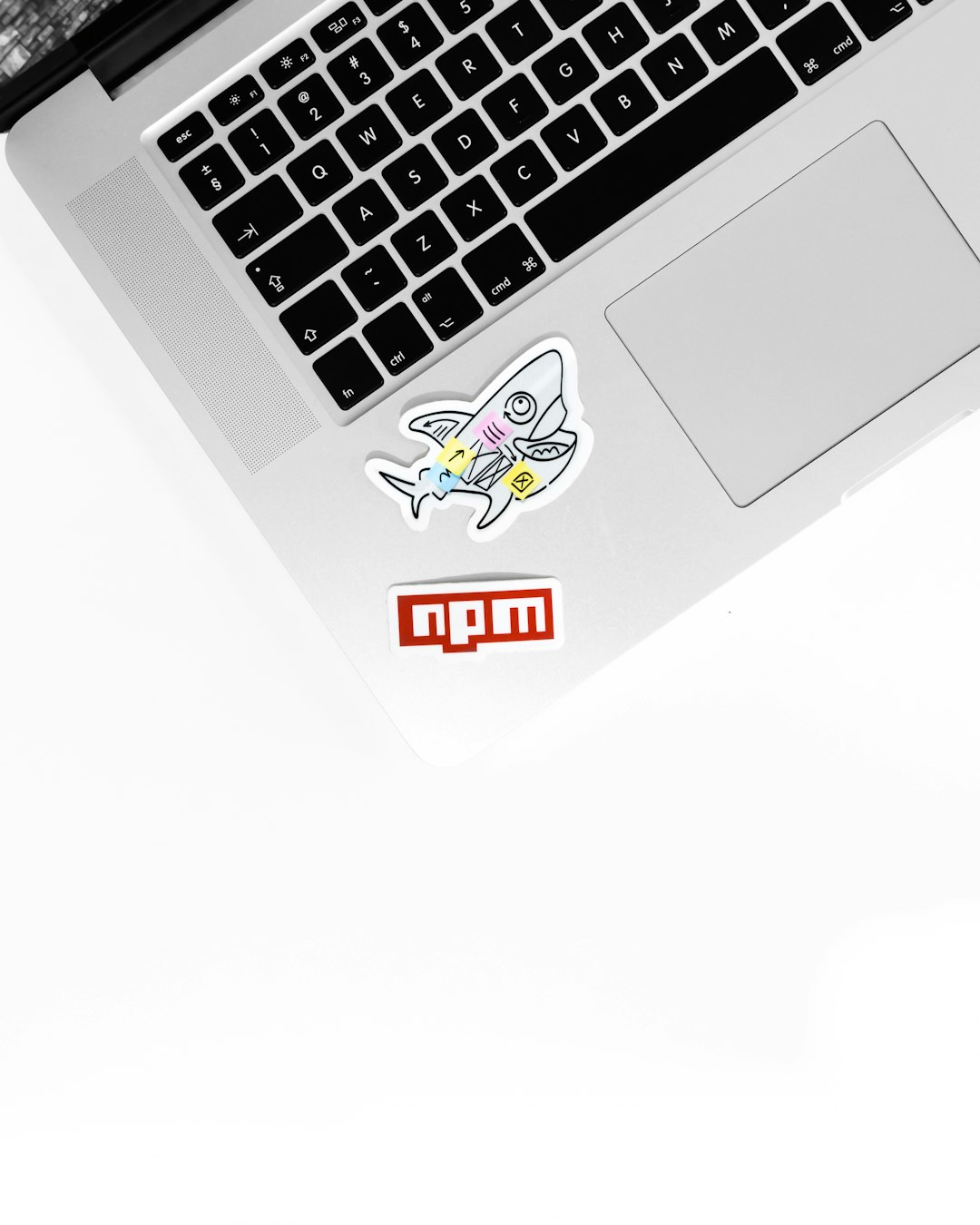If you’re a content creator, graphic designer, or video editor working with animation, it’s likely that you’ve encountered the powerful mobile editing app Alight Motion. Known for its flexibility and professional-level features, Alight Motion enables designers to create visually stunning content right from their smartphones. However, one common challenge is exporting a high-quality, clean PNG logo of the popular ‘AM’ (Alight Motion) emblem—transparent, sharp, and ready for presentation or integration into other projects.
TL;DR
To export a clean, high-resolution PNG of the ‘AM’ Alight Motion logo with a transparent background, use an official or vector-based source and edit it in a design application such as Adobe Illustrator or Photoshop. Avoid screenshots or low-resolution images. Save the final result using export settings that preserve transparency and resolution. This ensures the logo looks professional, scalable, and clean in any use case.
Why You Might Need a Transparent ‘AM’ Logo
Whether you’re designing promotional material, creating a tutorial, or developing an overlay for video content, a clean and high-resolution logo without background distractions is crucial. The Alight Motion logo, often used in animations or as part of branding packets, should meet professional design standards.
Unfortunately, simply taking a screenshot, cropping, and using it as a PNG typically yields a pixelated or low-quality image. This is compounded by backgrounds that are not fully transparent, and sometimes you’ll end up with unwanted artifacts or watermarks.
Step-by-Step Guide to Exporting a Transparent High-Resolution ‘AM’ Logo PNG
Below is a structured and reliable method to achieve a clean export of the Alight Motion logo suitable for any serious project.
1. Source the Clean Logo from a Reliable Location
Start by obtaining a reliable, high-quality version of the ‘AM’ logo. There are a few credible ways to do this:
- Direct from Alight Motion: Visit their official website or media kit resources to see if the logo is provided for press or educational use.
- Vector repositories: On platforms like Flaticon or VectorStock, search for “Alight Motion Logo” and filter for vector (SVG or AI) files.
- Create it yourself: If you have experience with vector editing, recreate the logo using known fonts and shapes in Illustrator.
Avoid using (.JPG) or (.BMP) formats as they do not support transparency and are often compressed with noticeable loss of quality.

2. Open the Logo File in a Vector Editing Program
Once you have the logo file, open it in a program capable of handling transparency and vector formats:
- Adobe Illustrator: Ideal for editing SVG or AI files.
- Inkscape: A free, open-source vector graphics editor that’s great for editing and exporting PNGs.
- Affinity Designer: A cost-effective alternative with excellent export options.
Ensure that there are no background layers active. If present, hide or delete them to preserve transparency. Use the software’s preview feature to confirm that the canvas is transparent (usually indicated by a checkerboard pattern).
3. Export the Logo to PNG With Transparency
When you’re ready to export, follow these settings precisely to ensure your PNG matches professional quality standards:
- File Format: PNG
- Resolution: Minimum of 300 dpi (dots per inch), especially for printed media
- Background: Transparent (ensure alpha channel is activated)
- Size: Export at original size or larger, scaled appropriately for your project needs
- Color Profile: sRGB or keep it consistent with your other brand materials
Double-check the image after export by opening it in a program that supports transparency (e.g., Photoshop). The background should appear as a checkerboard pattern or be fully transparent on preview layers.
Tips for Exporting Optimized PNGs
Maintaining fidelity is critical when dealing with logos for brand consistency. Here are some expert tips:
- Do not resize upward in bitmap editors (like Paint): This causes pixelation. Always scale vector formats.
- Avoid compressing files through third-party apps: Some apps reduce PNG size by stripping metadata and undersampling image content.
- Always maintain a master vector copy: This allows future exports to different sizes or formats (e.g., WebP, SVG, EPS).
4. Test the Export Across Platforms
Before using the logo in important presentations, videos, or branding materials, test the exported PNG on multiple platforms:
- Overlay in a video editing suite: Import to software like Alight Motion itself or Adobe Premiere to check how transparency behaves.
- Use in a document or website: Place the exported PNG in a PowerPoint or web project to verify alignment and rendering.
- Zoom in: Check for pixel clarity even at high zoom levels.

Common Mistakes to Avoid
Several mistakes can degrade your final export or even render it unusable. Make sure to avoid the following:
- Using screenshots of the app icon: These are not vector-based and come with background colors and poor resolution.
- Saving PNGs from compressed web previews: Preview thumbnails on websites are often downsized and may introduce artifacts.
- Forgetting to disable the background layer before exporting: This leads to a white or black background being part of your PNG.
Alternative: Use Online Transparent Background Tools (With Caution)
If you must use an image that already has a background and you don’t have access to a vector editor, try using AI-based removal tools such as:
Note: These tools are effective but not ideal for intricate logos where clean edges and sharp integrity are a must. Always prefer original files when possible.
Conclusion
Exporting a clean, high-resolution PNG of the Alight Motion logo isn’t just a matter of convenience—it’s a mark of professionalism. Whether it’s for branding, tutorials, or integrated design content, taking a few extra steps to ensure quality and transparency can dramatically improve how your media is perceived. Stick to vector-based sources, use professional design tools, and export with proper settings to provide consistently sharp and aesthetically pleasing visuals.
Never settle for blurry, pixelated, or poorly cropped versions of brand elements when you can easily create a version that meets industry standards. Your content—and your audience—will thank you for it.